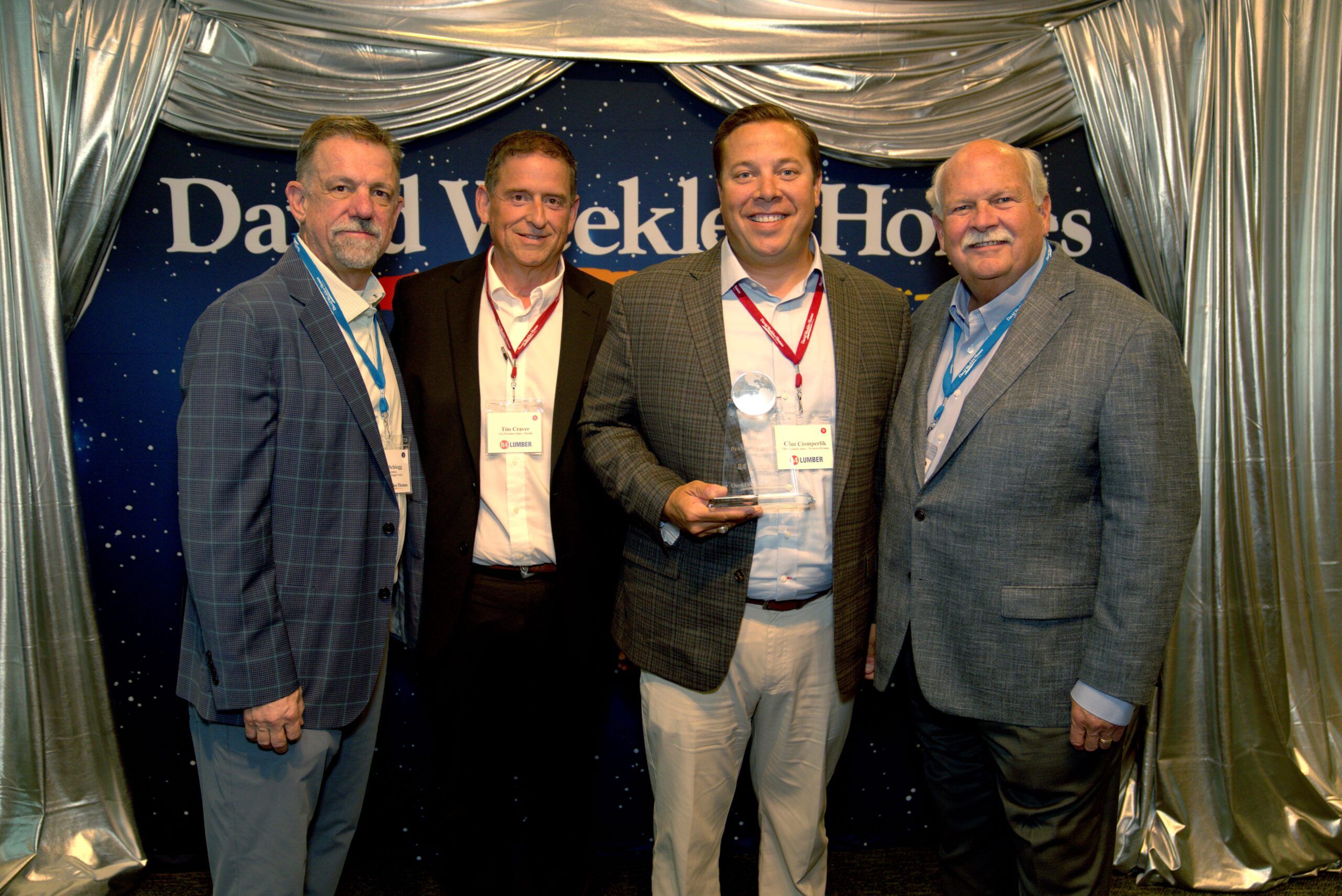Ever wonder why a building project that was supposed to take six months somehow turns into a year-long saga? You’re not alone. Whether it’s a new home, a retail space, or an office building, delays are part of the construction world. Ask any contractor, and they’ll give you a list of reasons—weather, supply chain, permits, or just plain bad luck.
But it’s not always about fate or flawed blueprints. In today’s world, construction projects are juggling more than just bricks and beams. There are labor shortages, rising material costs, new safety regulations, and ever-changing technology. Mix that with tight deadlines and high client expectations, and it’s easy to see how things can get off track.
Progress in construction isn’t just measured by what goes up. It’s also about what gets in the way. And lately, it feels like the obstacles are stacking up faster than the walls.
In this blog, we will share the key challenges that can slow down construction progress—and why understanding them matters more than ever.
The Planning Phase Sets the Tone
A lot can go wrong before the first shovel even hits the ground. Bad planning is like building on sand—it looks fine at first, but doesn’t hold up when things get heavy. Missing details in the early stages can cause chaos down the line.
This isn’t just about forgetting to order drywall. It’s also about failing to ask the right questions. Is the site ready for heavy equipment? Are permits filed and approved? Has the team walked through the full timeline and budget with everyone involved? These early steps seem simple, but they set the entire pace.
One major issue during planning is not identifying hazards early enough. Construction zones aren’t playgrounds. Hidden wires, buried pipes, uneven ground, or even local wildlife can bring things to a halt. Not spotting these risks ahead of time is like inviting trouble to your site with coffee and snacks.
And while safety is always a top priority on paper, reality is messier. If hazards aren’t spotted and managed early, they don’t just delay progress—they create bigger problems that cost money and raise liability.
You also have to consider the neighborhood. Is there a school nearby? Will noise be an issue? Can trucks even get to the site without upsetting half the block? These details matter. They don’t just affect timing. They shape relationships with local communities, which can lead to support—or resistance—down the road.
Supply Chains Still Aren’t Back to Normal
We’re years past the height of the pandemic, but supply chain issues are still very real. Shipping delays, material shortages, and rising costs are now regular features in the construction world.
Need a specific type of lumber? Hope you like waiting. That light fixture you picked out last month? It’s now out of stock—or more expensive. And don’t even ask about specialty glass.
The problem is that even small delays ripple outward. One late delivery can stall a whole phase of the project. You can’t install drywall if the framing isn’t done. You can’t paint walls that don’t exist yet.
This is where flexibility becomes a survival tool. Good project managers now build extra time into their schedules, expecting things to shift. Still, surprises happen. And while most clients understand that things move slower today, they still want results.
Contractors are finding creative workarounds—using alternate materials, sourcing from different vendors, or reordering tasks. But it’s a juggling act. And sometimes, no amount of clever planning can beat a backed-up port or a closed factory overseas.
Labor Shortages Add Another Layer
Construction isn’t a one-person job. It takes a team—and right now, finding enough skilled workers is tough. Across the U.S., labor shortages in construction have made headlines for years. And it’s not just about numbers. It’s about experience.
Many skilled tradespeople are aging out, and fewer young workers are stepping in. High schools push four-year degrees over trade programs. That’s a problem when you need plumbers, electricians, and steelworkers—not just software engineers.
When crews are understaffed, everything slows down. The work gets done, but not as quickly. Teams stretch thinner. Mistakes creep in. Tensions rise. And it’s not just boots on the ground. Project managers, inspectors, and planners are also in short supply.
Some firms have tried boosting pay. Others offer more training or flexible schedules. Still, filling roles takes time, and projects wait in the meantime.
Weather Is Still the Oldest Wild Card
Even with all our modern tech, no one controls the weather. And while it may seem like an excuse, it’s also reality. Rain, wind, snow, or extreme heat can all shut down a site.
Some places are hit harder than others. The South faces more hurricanes. The Midwest gets surprise snowstorms. In the West, wildfires and extreme heat make outdoor work risky.
Climate change is making this worse. Weather patterns are less predictable, and the extremes are more extreme. One day it’s sunny. The next, it’s a mud pit. And even with prep, there’s only so much a crew can do when nature throws a fit.
Longer weather delays also mean tighter project windows. Crews have to catch up fast once work can resume. That often leads to longer hours, rushed decisions, and higher stress across the board.
Permits, Regulations, and Bureaucracy
Building something isn’t just about wood and concrete. It’s about paperwork. And sometimes, that paperwork slows things down more than anything else.
Getting permits approved takes time. Depending on the city or state, the process can feel endless. And if there are changes mid-project? Get ready to refile and wait again.
Inspections also come with their own challenges. One missed detail can mean redoing work—or halting progress until it’s fixed. Sometimes, rules change midstream, especially with evolving energy codes or zoning policies.
Then there’s the human factor. Miscommunication between departments, lost documents, or unclear guidelines can stall even the best-planned projects. And while no one likes red tape, ignoring it only makes things worse later.
Progress Doesn’t Always Look Like Movement
Delays are frustrating. They cost time, money, and sometimes relationships. But they also reveal the complexity of what it takes to build something lasting.
Progress isn’t just a straight line. It’s made of a thousand small steps—some forward, some sideways, and yes, some backward. And while it’s easy to blame weather or paperwork, the truth is that construction brings together dozens of moving parts. The better we understand the hurdles, the better we get at navigating them.
And maybe—just maybe—the next time we pass a half-finished building and wonder why it’s taking so long, we’ll think twice before saying, “What’s the holdup?”












